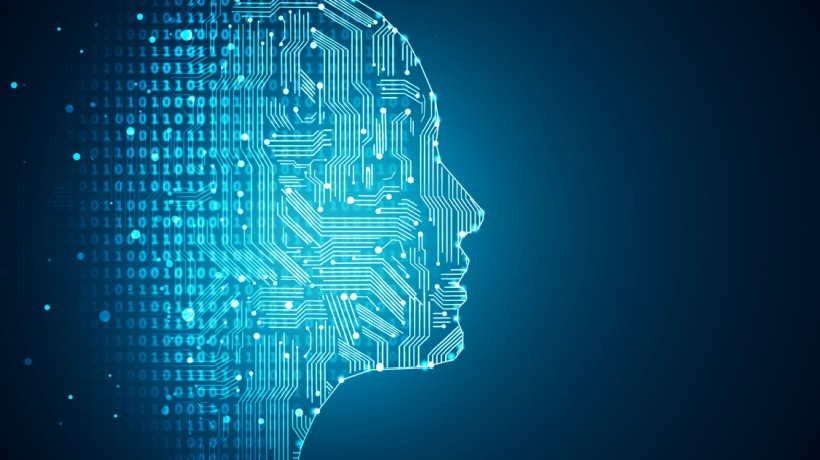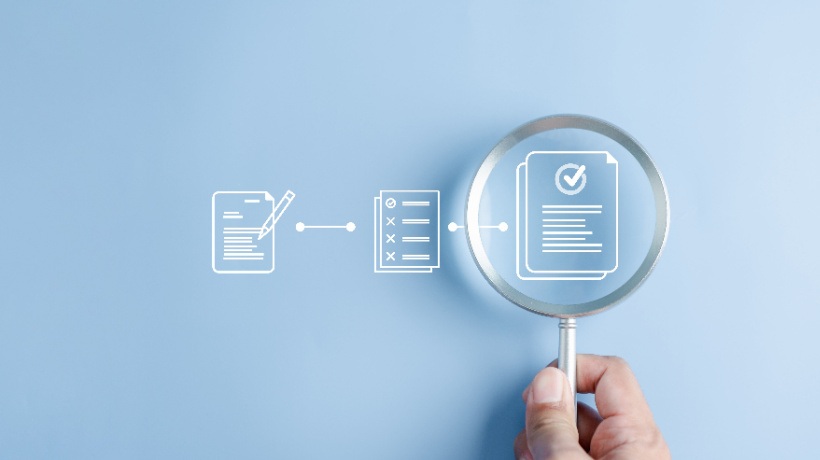AI Boosts eLearning To A New Level
Artificial Intelligence (AI) is increasingly becoming one of the disruptive factors in the educational area. AI in the education market has been forecast to grow by 45.12% annually and reach $10.38 billion by 2026 . In general, eLearning makes education available anytime and anywhere, which has become crucial in the pandemic and remote work era. Corporations, education tech start-ups, training companies, universities, schools, and students—all parties get a lot of prominent benefits from online learning, like covering larger audiences online. At the same time, AI-powered tools boosts eLearning to a new level by addressing challenges that are not obvious at first glance.
Challenge: Filling Skill Gaps By Integrating, Upskilling, And Reskilling
Studies show that nine in ten executives recognize or expect staff skill gaps over the next five years, and less than half of them know how to overcome this challenge. 56% of respondents noted that one of the most popular tactics for addressing skill gaps is upskilling or reskilling across the organization. However, approximately 70% of HR professionals are not content with how their organizations address such aspects for their internal mobility purposes.
An AI-driven individual career path builder can help acquire the necessary skills through a Learning Experience Platform (LXP). An employee, when looking for new opportunities, can use the tool for a clear understanding of the open positions within their organization and the required skills for each role. AI algorithms analyze an individual's current skillset, match the skills against the job requirements, emphasize the missing ones, and advise the appropriate courses to fill in these skills gaps.
Challenge: Matching The Right Talent To The Right Roles On A Scale
Corporations, training companies, and education tech start-ups are leveraging AI-powered tools for workforce skills assessments that help match the right talent to the right roles on a scale. How does it work? Humans need to describe the skills only once. Then the machine will parse the data by itself. An AI-based algorithm automatically ranks the job-ready skills of every employee, analyzing their profiles and competency matrix. Thanks to the implementation of AI in Learning and Development (L&D) and talent management departments, the manager will get a list of candidates with their ranked level of skills. Additionally, the data will be mapped with the competencies the company needs.
Challenge: Ensuring Faster Knowledge Acquisition And Improving Learning Outcomes
Automatic personalized AI-powered learning path building with targeted content recommendations can help every employee or student in a few ways. For instance, after a learner has passed an initial knowledge check or skills assessment, AI in L&D builds a personalized learning path that starts from the most ready-to-learn topic.
Additionally, while going through the topic, a trainee is offered a series of questions with hints and detailed explanations in case of incorrect answers. So the learners complete a certain number of topics and pass the determined amount of hours. After that, the AI knowledge checker automatically reassesses learners to show what topics they’ve retained. The materials with which a trainee has done well will go to the mastered category, and the topics where they have struggled will move back to the learning path to be reviewed again.
Challenge: Measuring The Effectiveness Of Training Programs
An AI-powered learning progress tracking tool is able to check whether employees or students are mastering or missing the needed competencies. That measures the impact of learning and optimizes it accordingly.
How does it work? The software aggregates data about trainees’ performances and their grades from a Learning Management System (LMS), including overall scores and competencies, missing assignments, or past due assignments. An AI-powered progress tracking tool analyzes the progress of every learner based on their individual activities and performance. Educators and L&D teams see the gathered data in a single dashboard and get intuitive reports. Also, the system flags students at risk or low-performing employees, allowing educators and L&D managers to follow up quickly.
Challenge: Forecasting Future Learning Outcomes And Potential Problems
The AI-powered predictive analytics tool gathers data about past and current activity. Based on the gathered data, the software builds patterns of learning behavior for each learner and projects future proficiency for final assessments. The system automatically generates precise reports and sends them to educational staff, so they can uncover pitfalls in a timely manner. As a result of early interventions, learners' success rates and retention increase.
L&D departments and educators use predictive reports to help their employees or students make proficiency gains earlier in the learning cycle and address knowledge gaps. The AI-based system also might provide alerts to inform mentors of events that may require their intervention, or a discussion.
In addition to the listed challenges, AI in education can address other issues, such as increasing user retention and course completion rates in language learning, or reallocating the time of L&D, HR, and educational leaders to meaningful and strategic tasks by passing routine tasks to AI chatbots.
Conclusion
Nowadays, you can experience a billion competing products, and the lion’s share of them promise much but deliver little. Realizing what solution is working and what is not for you is crucial. When investing in an AI-powered LMS, it is important to get proper consulting from eLearning experts. That will help you understand how to integrate AI into your current LMS or maybe create an LMS from scratch.
One of the primary steps is to choose the type of eLearning software that will perfectly suit the target audience and the learning goals, such as AI LMS, LXP, learning mobile or web applications. Implementing AI features converts a traditional admin-centered LMS into a learner-centered LXP. AI in LXP performs as a recommendation engine, replacing a unified curriculum with personalized learning content.
The core idea of eLearning mobile and web applications is making the process available anytime and anywhere through personal devices. To get early results, test easy-to-apply solutions. Additionally, it might be more cost-effective not just to replace your legacy systems with completely new ones, but to think about opportunities to utilize them in new environments.










